Art Inlaid Work Of Isfahan
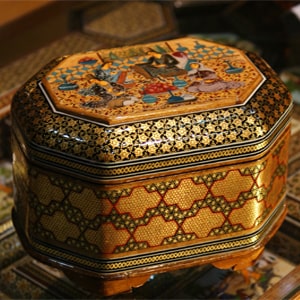
- tina atrg
- 2 June 2025
- Persian Handicrafts
- 2 minutes
The Timeless Beauty of Persian Inlay Art
In the world of Persian decorative arts, Persian Inlay Art stands out as one of the most intricate and mesmerizing forms. Often referred to as Persian Marquetry or Khatam Kari, this ancient craft has a rich history and continues to captivate art enthusiasts and collectors worldwide. At Persis Collection, we proudly offer a vast selection of these masterpieces, ensuring their preservation and global accessibility. In this blog, we will explore the deep history of Khatam Kari, the artistry behind Persian Handicrafts, and introduce you to some of the finest Persian Inlay Artists shaping the future of this timeless craft.
History of Persian Inlay Art
The Origins of Khatam Kari
Persian Inlay Art, commonly known as Khatam Kari, originated during the Seljuk period in Persian. At that time, craftsmen perfected the delicate art of inlaying small pieces of wood, bone, and metal into intricate geometric designs. However, it was during the Safavid dynasty that the craft truly blossomed. This was largely due to the flourishing of Persian Heritage’s marketplace, which attracted artisans from around the world. Artists from all over the world were drawn to Persian Heritage, contributing to a rich cultural exchange that elevated Persian Decorative Art to new heights.
Evolution of Inlay Work in Islamic Persian Art
Throughout history, the craft of inlay work continued to evolve, with its peak during the Safavid period. Khatam Kari reached its zenith with the construction of sacred shrines and royal palaces, many of which featured exquisite Persian Handicrafts made from fine woods like ebony, walnut, and jujube. Notable examples include the inlaid doors of Golestan Palace and the wooden pulpit of Persian Heritage’s Lebanese Mosque, both prime examples of Islamic Persian art.
Understanding the Process of Khatam Kari
The process of Khatam Kari involves the meticulous inlaying of triangular pieces of colored wood, brass metal, and bone into wood surfaces to create a harmonious, geometric design. Skilled artisans prepare these materials with extreme precision, often using tools to cut and shape the pieces into exact sizes. These materials are then arranged in intricate patterns, which are polished and lacquered to achieve the finished product.
The quality of each inlay work depends heavily on the craftsman’s precision and patience. It’s this level of skill that makes Persian Marquetry a revered form of art, passed down from generation to generation.
Materials Used in Persian Inlay Art
The materials employed in Persian Inlay Art are diverse and chosen for their aesthetic and practical qualities. These include:
Wood: Used for the base structure, with types like sandalwood, walnut, and jujube.
Bone: Often derived from ivory or camel bone for delicate detailing.
Metal: Brass, aluminum, and Persian silver are frequently incorporated for their durability and shine.
Adhesives and Final Coating: Special adhesives are used to secure the pieces, followed by a protective coating that gives the piece its final glossy finish.
Meet the Masters of Khatam Kari: Persian Inlay Artists
Throughout history, Persian Inlay Artists have played a significant role in the preservation and advancement of this art form. Notable figures like Professor Mohammad Ghaffari played a key role in preserving this tradition. He founded the Mustazarfeh School of Industries in 1908. Today, artisans across Persian continue to create magnificent works of Persian Marquetry.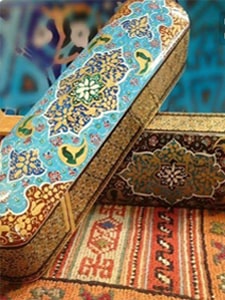
Contemporary masters, such as Hossein Kashi Tarash and Haj Khalil Golriz Khatami, have earned widespread celebration for their exceptional contributions. They have made exceptional contributions to Khatam Kari. Their work includes stunning inlaid furniture and architectural features for palaces and mosques.






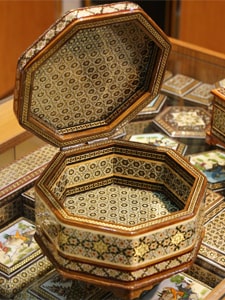
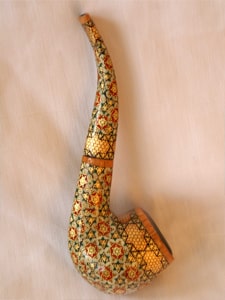

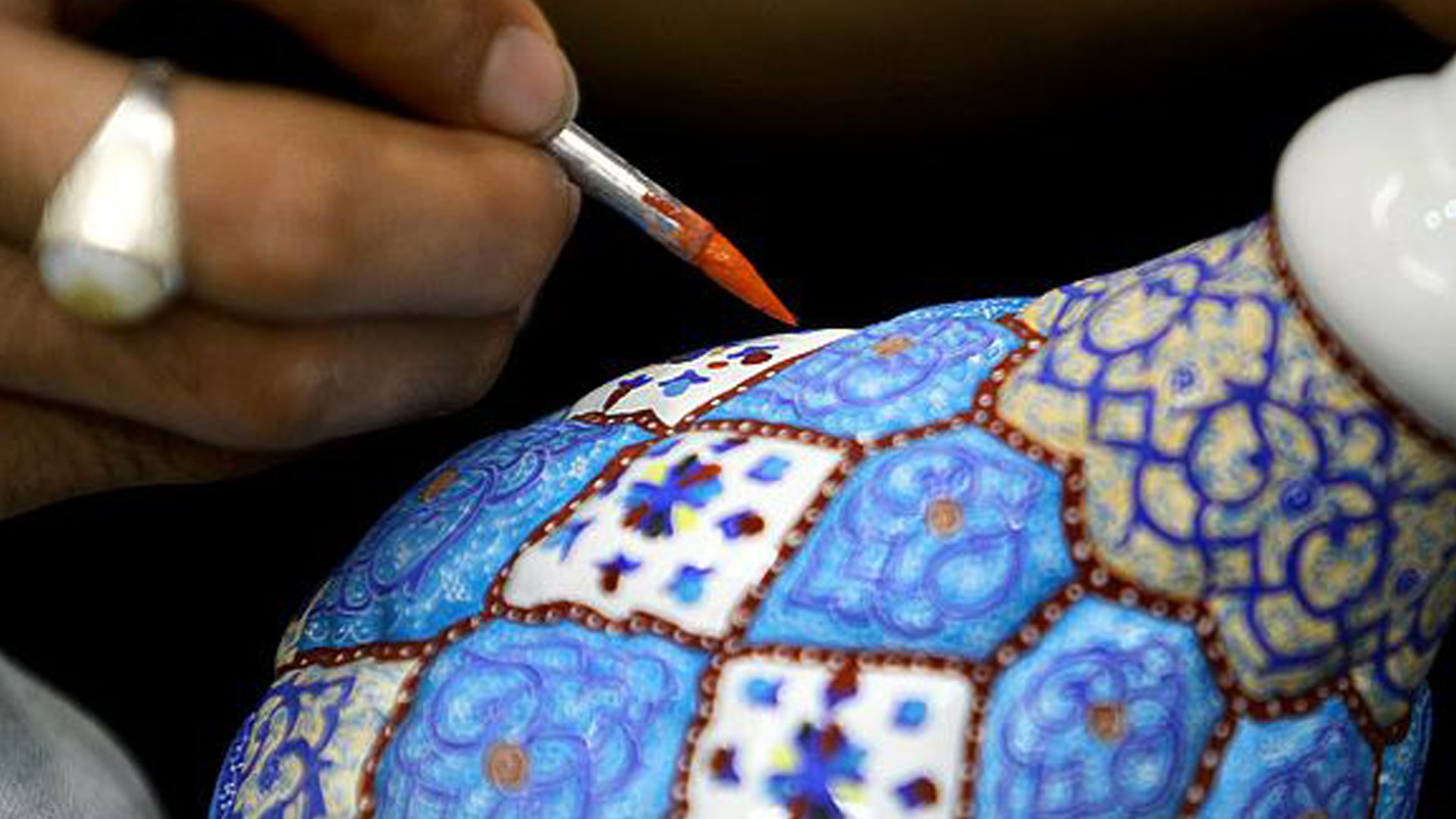


Comments